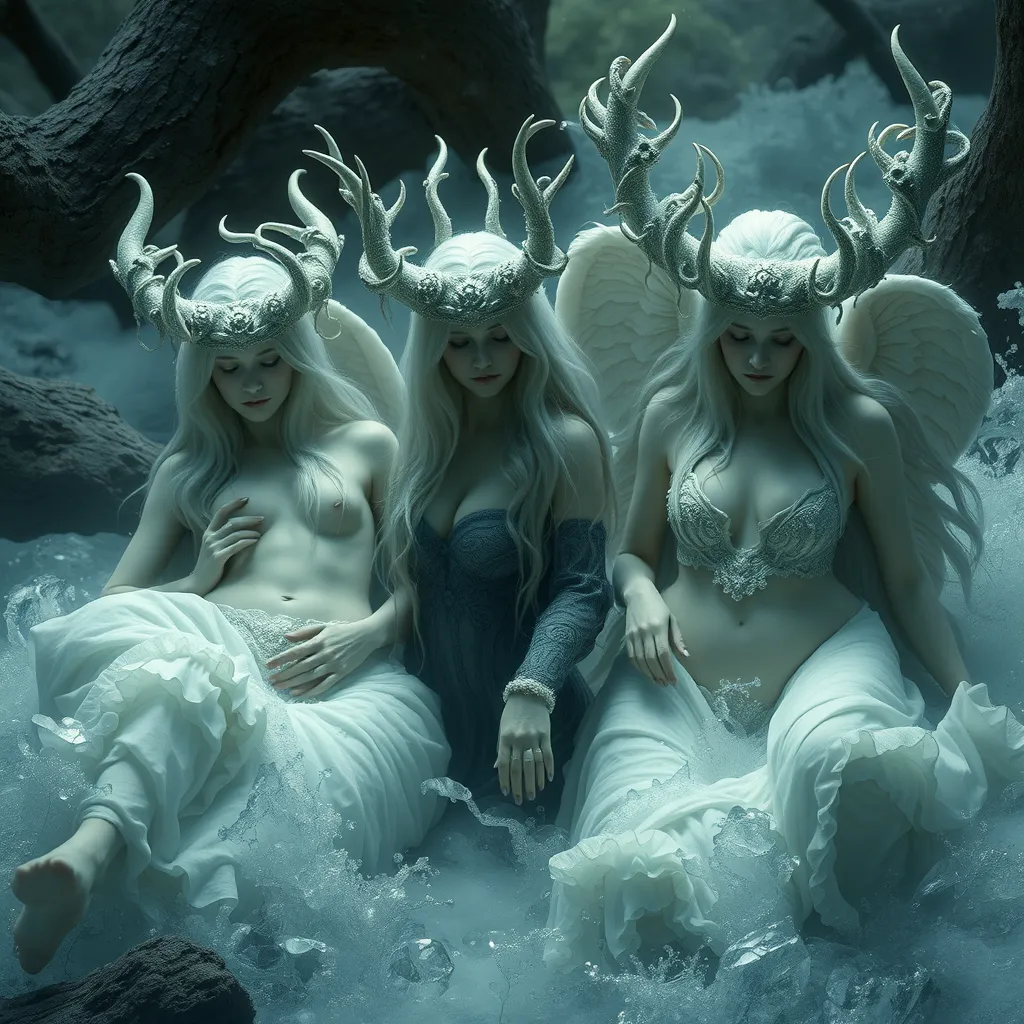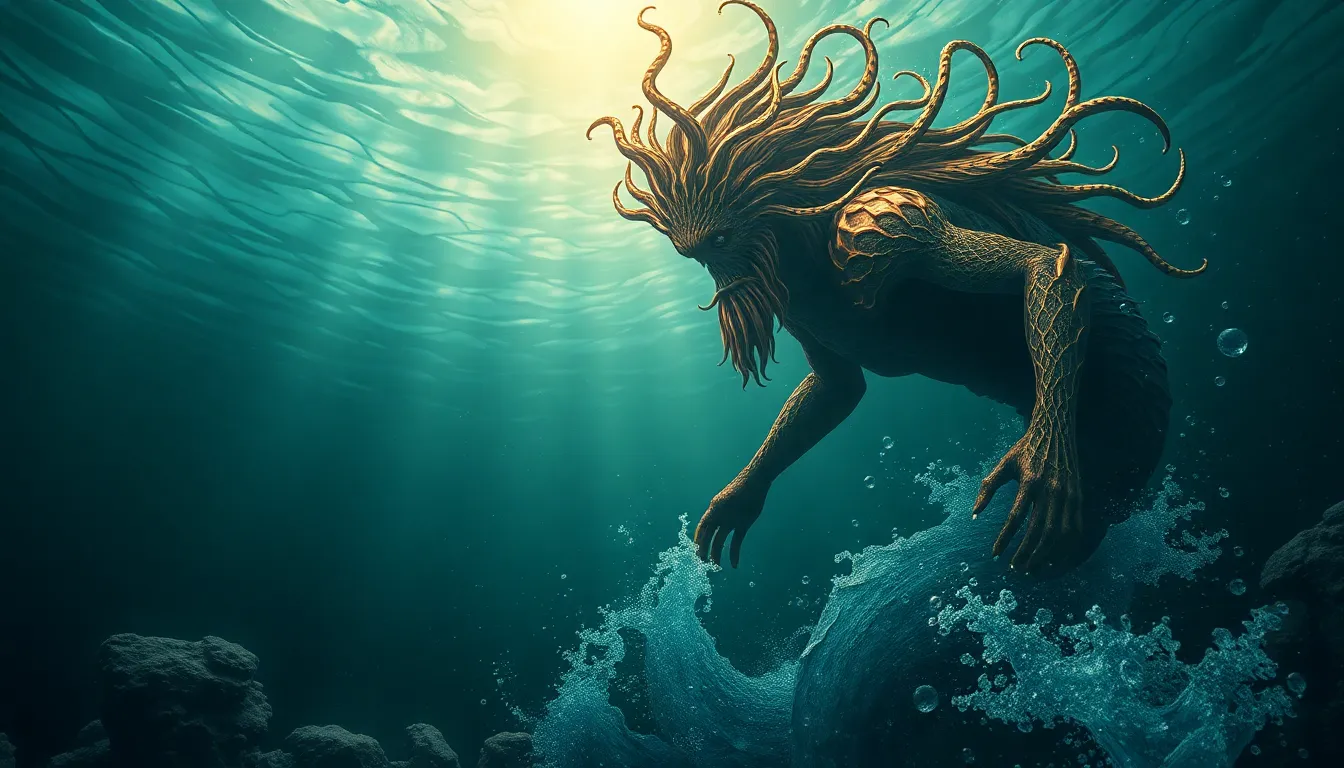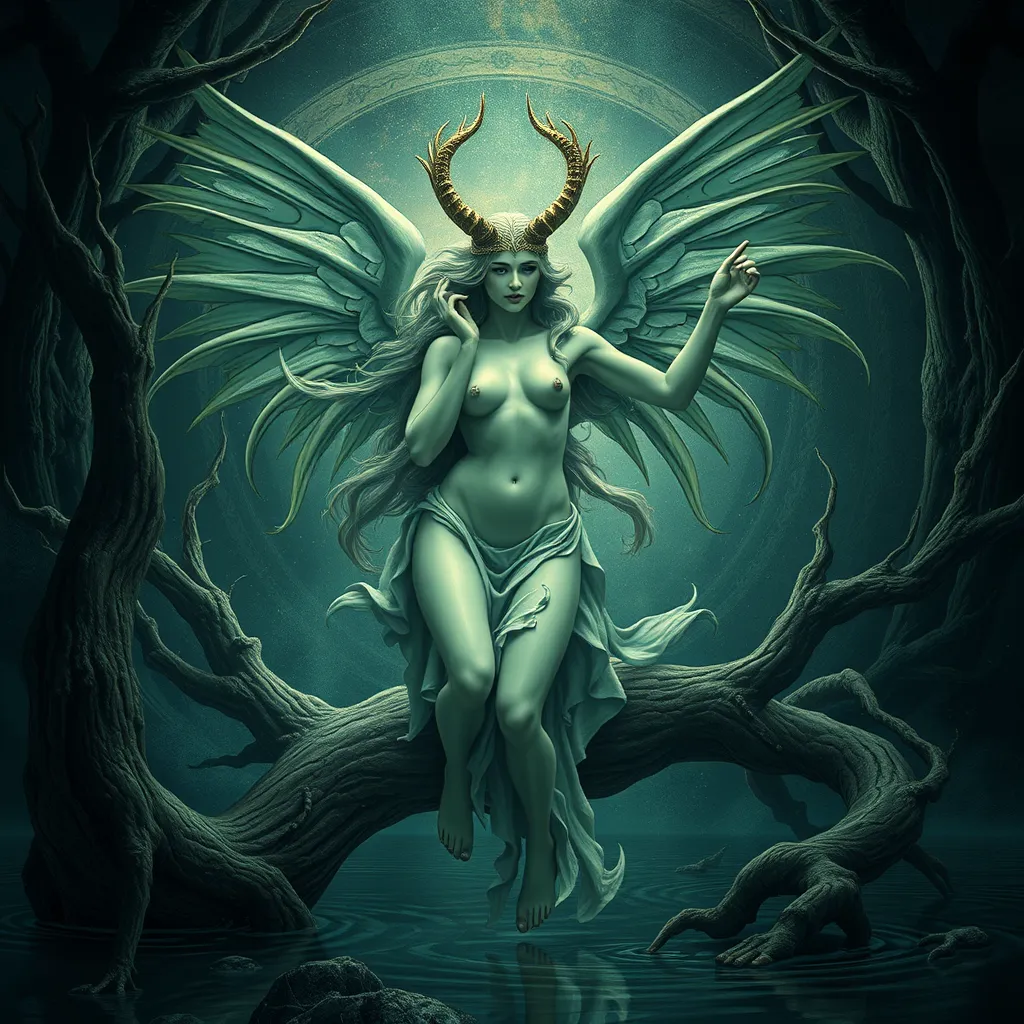Echidna’s Legacy: The Enduring Impact of the Serpent-Woman on Modern Culture
I. Introduction
The figure of Echidna, a creature from ancient Greek mythology, represents a complex blend of femininity, monstrosity, and maternal power. Often referred to as the “Mother of Monsters,” Echidna’s legacy extends beyond her mythological roots, influencing various aspects of modern culture. Her story embodies themes of creation, destruction, and the duality of nature, making her a vital cultural symbol. This article aims to explore Echidna’s enduring influence on literature, art, feminism, and contemporary society.
II. The Mythological Origins of Echidna
Echidna’s origins can be traced back to ancient Greek mythology, where she is often depicted as a monstrous figure, half-woman and half-snake. She is the offspring of the primordial deities Gaia and Tartarus, representing the earth and the abyss, respectively. In the mythological canon, Echidna is known for her role as the “Mother of Monsters,” giving birth to many of the fearsome creatures that populate Greek myths, including the Chimera, the Sphinx, and the Nemean Lion.
Echidna’s character traits are multifaceted. She embodies the archetype of the nurturing mother while simultaneously representing chaos and destruction. This duality makes her a compelling figure, symbolizing the complexity of femininity itself. Her existence challenges traditional gender roles and highlights the power inherent in the feminine form.
III. Representation of Echidna in Literature
Throughout history, Echidna has been depicted in various classical texts, including Hesiod’s “Theogony,” where her lineage and offspring are detailed. These early representations often emphasize her monstrous qualities and her role in the pantheon of Greek mythology.
In modern literature, Echidna’s character has undergone significant reinterpretation. Contemporary authors have revisited her story, framing her not just as a monster, but as a complex figure embodying resilience and strength. For instance:
- In some fantasy novels, Echidna is portrayed as a misunderstood guardian of the natural world.
- Poets have used Echidna as a symbol of feminine rage, exploring themes of empowerment and revenge.
The evolution of Echidna’s character reflects broader societal changes, with modern storytelling often seeking to reclaim and redefine monstrous figures in a more nuanced light.
IV. Visual Interpretations in Art and Media
Echidna’s image has been depicted in various artistic forms, from ancient pottery to modern digital art. In classical art, she is often illustrated alongside her monstrous offspring, emphasizing her role as a progenitor of chaos. These early artistic representations tend to focus on her fearsome attributes.
In modern visual media, Echidna’s character has been adapted into films, graphic novels, and video games. Notable examples include:
- Films that portray Echidna as a powerful antagonist or ally, exploring her dual nature.
- Graphic novels that delve into her backstory, offering a more sympathetic portrayal.
- Video games that incorporate her character within expansive mythological universes, allowing players to engage with her narrative.
These transformations across different mediums highlight the versatility of Echidna’s image and her relevance in contemporary culture.
V. Echidna’s Influence on Feminism and Gender Studies
Echidna serves as a powerful symbol of female strength and monstrosity, resonating deeply within feminist discourse. Her character challenges conventional notions of femininity by embodying both nurturing and destructive traits. This duality invites analysis of how society perceives female power and monstrosity.
In recent years, feminist interpretations of Echidna have emerged, framing her as a figure of empowerment rather than merely a monster. Case studies include:
- Academic articles discussing Echidna as a representation of the “monstrous feminine,” a concept explored by feminist theorists.
- Art projects that reimagine Echidna as a symbol of resistance against patriarchal narratives.
These reinterpretations contribute to a broader understanding of how mythological figures can influence contemporary discussions on gender and power.
VI. Cultural References and Allusions
Echidna’s presence in popular culture extends beyond literature and art. She has made appearances in various forms of media, including music, fashion, and television. For example:
- Musicians have referenced Echidna in songs, using her as a metaphor for empowerment and defiance.
- Fashion designers have drawn inspiration from her serpentine qualities, creating collections that celebrate her monstrous allure.
The use of Echidna as a metaphor in contemporary discourse often reflects broader societal themes, such as the reclamation of female narratives and the challenge of societal norms. Her legacy also impacts folklore and mythology in diverse cultures, where her story may be adapted or reinterpreted through different cultural lenses.
VII. The Legacy of Echidna in Modern Society
The traits attributed to Echidna resonate with current social issues, including discussions on feminism, environmentalism, and the nature of power. As society grapples with these themes, Echidna’s character serves as a reminder of the complexities of identity and the multifaceted nature of existence.
Mythological figures like Echidna play a crucial role in shaping modern identities. They provide frameworks through which individuals can explore their own narratives and experiences, often reflecting the struggles and triumphs of contemporary life. The significance of preserving such mythological legacies lies in their ability to foster understanding and connection across cultures and generations.
VIII. Conclusion
Echidna’s enduring impact on various cultural aspects underscores the importance of mythology in shaping human understanding. From literature and art to feminism and societal issues, her legacy continues to inspire and provoke thought. As we reflect on Echidna’s story, we recognize the power of myth in illuminating the complexities of human nature. The future of Echidna’s legacy in modern culture promises to be as rich and varied as her own narrative, inviting continued exploration and reinterpretation.



